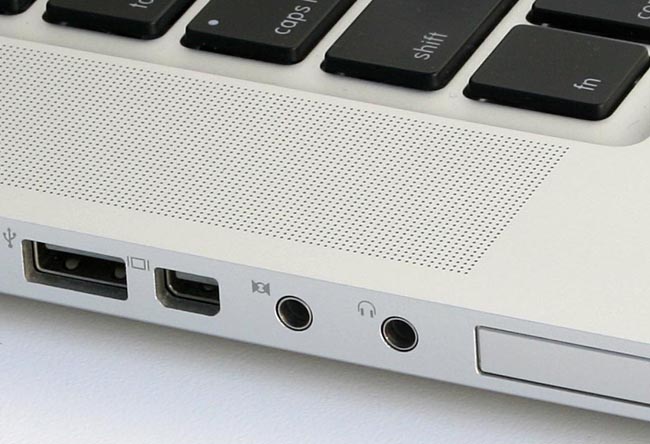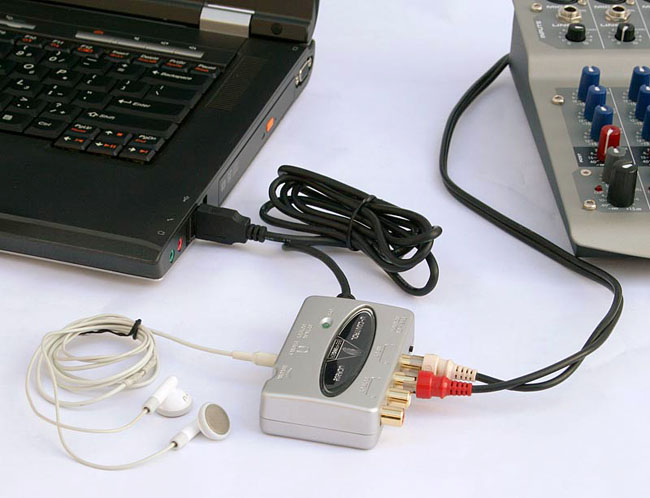because that’s what you’re doing with the left-hand machine.
The left-hand machine doesn’t have to be a full-on computer. It just has to be a recorder. Since I had two serviceable computers, the additional music playback on the left-hand machine was a natural. Machines have two natural pathways. Record and Play. The problem with most productions is they plan multiples of each. “Let’s play the Skype interview to my headphones and then play the music into the sound mixer.” Let’s not. You get one or the other. You run out of machine really fast with that restriction.
This may not be live any more, but I can tell you exactly what each of those machines is doing.

You can have a music playback device. We should remember that any time you add devices or services, you should have a way to cue the work for real time insertion, mix, or production. Nothing like playing blind (or deaf) on a live show. If you don’t do that, then your post-production editing will be a career move.
“Let’s see, John said ydda-yadda and that’s where I’m going to sneak my theme music in. When he says thus-and-so, bring the music up full and close the show.” The grownups do all that live and you can too after you get accustomed to the rhythm and pace of the show, but you need an iron grip on the player and the playlist. You may seem like you’re paying attention to the interview, but really, you’re previewing the next bumper music. I never got good at that, I can walk or chew gum, but I know people who can do most of the show production in real time. I buy them coffee.
Have you done that?
Most testing goes around me because of my internet. My download speed is OK and I don’t notice any problems watching YouTube or recording off-air television, my “up” speed is bad enough that most people aren’t comfortable listening to me as casual conversation or interview—even with all the tricks.
mix-minus function to send your microphone to the PC
On my mixer that looks like FX-SEND and FX SEND is a dedicated mixer out. You can send any input sound to FX-SEND and either send it to Skype Send or not as you wish.
Almost all the sound management inside a computer is “Line Level.” The built-in microphone goes through a microphone amplifier (and any desired processing) before it hits computer routing. The voice is not Super Teensy microphone level for very long. This also means you can interrupt that process and substitute your own line level from the mixer FX-Send.
I need to go back and read your post again. Recording any of the communication, conferencing, and chat services is super painful without that external recorder. Everybody tries to do it all on one machine—and then shows up here wondering why it didn’t work. Or better yet, wondering how to fix their trash audio. Denise didn’t sound like she was 2800 miles away did she? She sounded like she was sitting on the sofa behind me.
We are both ringers. We’re both broadcast professionals. She was wearing headphones in her sun-room office in New Jersey. No special microphone. I think she was using the one in her Mac and if you listen carefully, you can hear the noise processing come and go.
It can be said that we produced the perfect podcast. We spent the whole thing deciding when we were going to have the next podcast.
Koz



